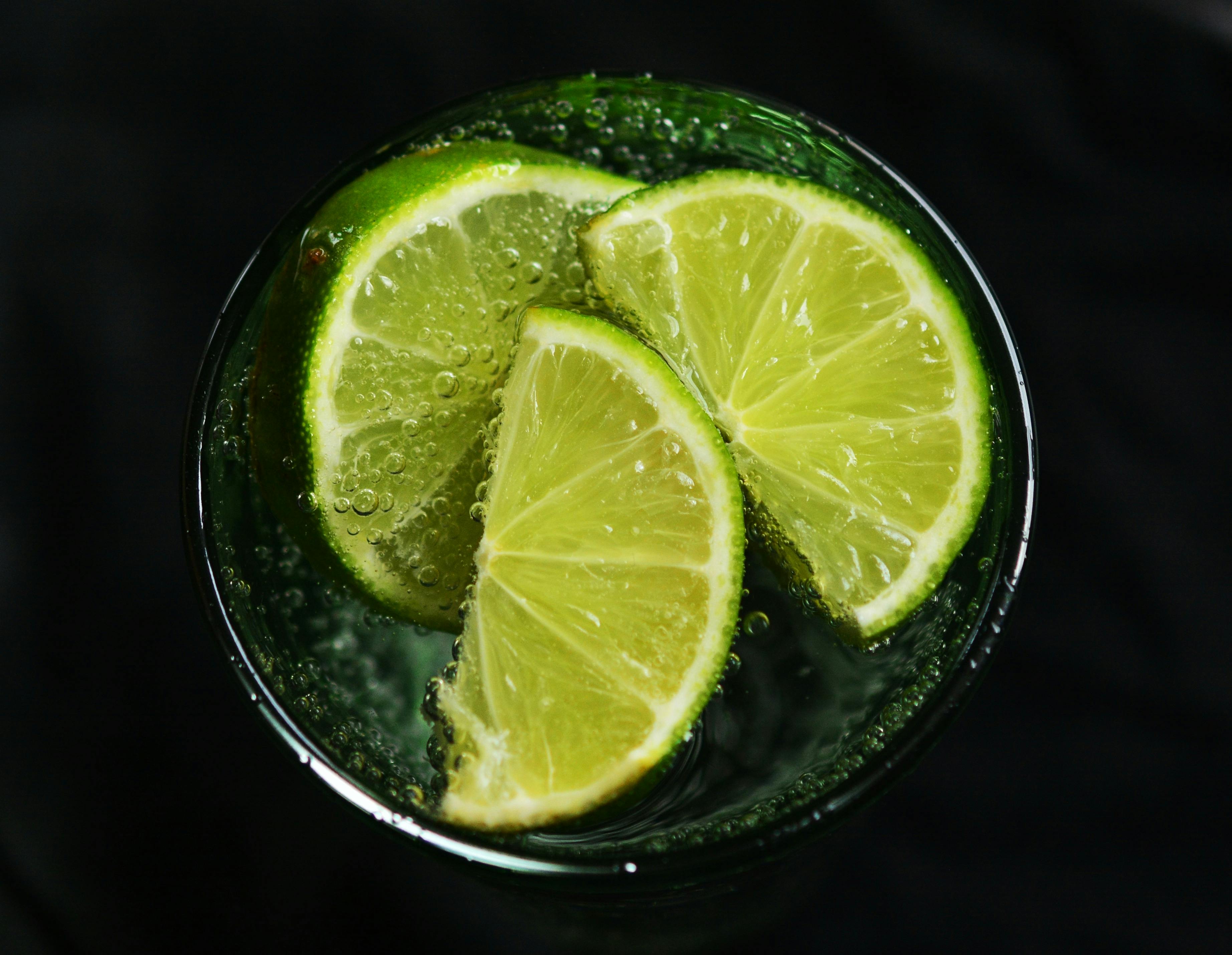Distilled water is a type of purified water that has had most of its mineral content removed. It is produced by boiling regular water and condensing the steam back into liquid form. Unlike regular tap water, distilled water does not contain any minerals such as calcium, magnesium, sodium, or other trace elements. This makes it ideal for certain industrial and medical purposes, as well as for drinking.Distilled water does not contain any minerals since it has been purified through a process of distillation. This involves boiling the water and then condensing the steam back into liquid form, leaving behind any minerals and other impurities.
What Are the Benefits of Drinking Distilled Water?
Drinking distilled water has many benefits and can be a great addition to your daily hydration routine. Distilled water is free of minerals, heavy metals, and other contaminants that can be found in regular tap water. This makes it a safer option for drinking and cooking, as it doesn’t contain potentially harmful chemicals and bacteria. Additionally, since distilled water has no minerals, it can help with cleansing the body of toxins. It can also help with weight loss, as it has no calories or sugar.
Another benefit of distilled water is that it is free from chlorine taste and odors. Chlorine is commonly used to treat municipal tap water, but can leave an unpleasant taste and odor in the water. Drinking distilled water eliminates this issue and leaves you with clean-tasting, odorless water every time.
Finally, distilled water also helps preserve the life of appliances that require regular maintenance due to hard water buildup. Appliances like coffee makers, electric kettles, and dishwashers often require frequent cleaning due to mineral buildup from hard tap water. By using
How Is Distilled Water Produced?
Distilled water is produced by the process of distillation. In this process, water is boiled to produce steam, which is then cooled and condensed back into liquid form. The result is pure water that is free from impurities and contaminants. Distilling removes minerals, salts, and other impurities that can cause a variety of health issues if consumed in high quantities. This makes it safe to drink without having to worry about any adverse effects.
The process of distillation begins with the boiling of water in a container. The heat causes the water molecules to turn into vapor which rises into a condenser. Here, the vapor condenses back into liquid form due to the cooling effect of the condenser coils. This liquid then flows through a collection chamber where it can be collected for further use or stored in containers for later use.
Distilled water has many uses including drinking, cooking, cleaning and even medical applications as it does not contain any of the harmful contaminants found in regular tap water. It is also used as an ingredient in many types of cosmetic products as it helps create a smoother texture when mixed
Does Distilled Water Contain Any Minerals?
Distilled water is water that has had almost all of its impurities removed through distillation. This process involves boiling the water and then condensing the steam back into a liquid, leaving many of the impurities behind. Distilled water does not contain any minerals, as these are left behind in the boiling process. However, this does not mean that it is completely pure.
Distilled water can still contain small amounts of contaminants from the air or from the container used to store it. These contaminants may include dust, bacteria, or other microorganisms. Additionally, even though distilled water does not contain any minerals, it can still contain trace amounts of metals and other elements that are naturally present in the environment.
The lack of minerals in distilled water means that it can be beneficial for certain medical purposes or for providing drinking water for animals. It is also used to make some types of baby formula because it does not contain any potentially harmful minerals. Distilled water is also often used in aquariums and other aquatic systems because it does not affect the pH levels like regular tap water can.
Overall, although distilled water
Distillation and Minerals
Distillation is a process that is used to remove minerals from water. This process involves boiling the water, which causes the minerals to be left behind as the steam rises. The steam is then condensed back into liquid form and collected in a separate container. This distilled water has no minerals in it and is safe for drinking. It can also be used for other purposes such as cleaning and cooking.
The distillation process works by taking advantage of the differences in boiling points between minerals and water. As the temperature of the water rises, the minerals will begin to separate from the liquid. The resulting vapor that is produced will contain no minerals, while the liquid that remains will have all of the minerals left behind. The condensed steam can then be collected in a separate container, leaving a mineral free product behind.
Distillation has been used for centuries to provide clean drinking water for people all over the world. It is an effective way to remove unwanted substances from drinking water and make it safe for consumption. Additionally, this process can also be used to remove certain contaminants from other types of liquids such as wastewater or industrial waste products.

Drinking Distilled Water Impact Health
Drinking distilled water is a healthy choice for many people, as it has no minerals or contaminants that can be found in regular tap water. Distilled water is created by boiling the tap water and condensing the steam back into liquid form. This process removes any impurities and leaves only pure water behind.
The main benefit of drinking distilled water is that it does not contain contaminants like lead, chlorine, and fluoride that can be found in regular tap water. These contaminants can have adverse effects on health over time, so removing them from your drinking water can help reduce your risk of health problems. Additionally, distilled water does not contain any minerals or nutrients that could interfere with medications or supplements you are taking.
While distilled water may be beneficial in terms of removing impurities from your drinking water, there are some potential downsides to consider as well. For example, because all of the minerals have been removed from the water, it can cause mineral imbalances in the body if consumed frequently. In addition, some experts believe that certain ionized minerals in natural spring waters can provide health benefits that are not present in distilled waters.
Are There Any Drawbacks to Drinking Distilled Water?
Yes, there are a few drawbacks to drinking distilled water. Since the process of distillation removes all of the minerals found in natural water, it can leave your body depleted of essential electrolytes. Additionally, drinking distilled water can lead to an imbalance of minerals in your body, which could cause health issues.
Distilled water also has a very low pH level which could be damaging to your stomach and digestive system. It is believed that drinking distilled water can flush out beneficial bacteria in your gut and leave you more susceptible to infections.
Finally, drinking distilled water over a long period of time can lead to dehydration as it doesn’t contain many essential electrolytes. This means that even though you are consuming liquid, you may not be properly hydrating your body.
In general, it is best to drink spring or filtered water for the most health benefits as these types of waters contain some natural minerals and electrolytes that help keep us healthy and hydrated.
What Type of Contaminants Can Be Removed by Distillation?
Distillation is a process that can separate different substances from a mixture. It uses the different properties of the substances in the mixture, such as boiling point, to separate them. Distillation can be used to remove various types of contaminants from liquids, including volatile organic compounds (VOCs), heavy metals, and bacteria. It can also be used to purify water by removing salts, minerals, and other impurities. The type of contaminant that can be removed by distillation depends on the type of distillation process used. For example, steam distillation is typically used to remove VOCs, while reverse osmosis is often used to purify water. In addition, there are other types of distillation that can be used for specific contaminants such as heavy metals or bacteria.
Overall, distillation is an effective way to remove contaminants from liquids and make them safe for human consumption. By understanding what type of contaminants can be removed by distillation and which process should be used for each type of contaminant, it is possible to ensure that liquids are free from contaminants and safe for use.

Conclusion
Distilled water is a type of purified water that has had many of its impurities removed. Distillation involves boiling the water and then condensing the resulting vapor back into a liquid. This process removes minerals, salts, and other impurities such as bacteria, viruses, heavy metals, and pollutants. Although minerals are not present in distilled water, it is still safe to drink as it does not contain any harmful contaminants.
For those looking for a healthy alternative to tap water with added health benefits due to the absence of minerals, distilled water is an ideal choice. It can also be used for medical treatments or for industrial purposes where purity is essential. Although it may not contain the vitamins and minerals found in tap water, distilled water is still safe to consume and can be used in many different ways.

